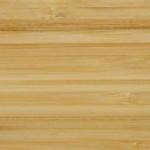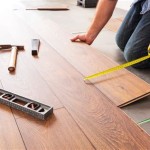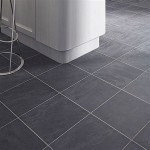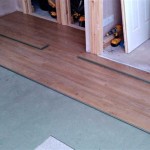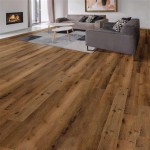Vinyl Flooring Styles: Essential Aspects for Informed Decisions
Vinyl flooring has emerged as a popular choice for homeowners due to its versatility, durability, and aesthetic appeal. With a vast range of styles available, selecting the ideal one for your space can be daunting. This article explores the essential aspects of vinyl flooring styles to help you make an informed decision.
1. Types and Materials
Vinyl flooring comes in two primary types: sheet vinyl and luxury vinyl tile (LVT). Sheet vinyl is rolled onto the subfloor, forming a seamless surface, while LVT consists of individual planks or tiles that are laid down. LVT further categorizes into several materials, including:
- PVC (Polyvinyl Chloride): Standard and cost-effective vinyl material.
- WPC (Wood Plastic Composite): Durable and waterproof option made from a blend of wood and plastic.
- SPC (Stone Plastic Composite): Extremely durable and dimensionally stable, made with stone powder and plastic.
2. Design Options
Vinyl flooring offers an incredible range of design options, mimicking the appearance of natural materials such as:
- Wood: Planks and tiles replicating the grain patterns and textures of various wood species.
- Stone and Tile: Designs that capture the look and feel of ceramic, porcelain, and natural stone tiles.
- Abstract and Geometric: Modern and stylish patterns, including geometric shapes, abstract designs, and even metallic accents.
3. Surface Textures
In addition to visual design, vinyl flooring also varies in surface textures. Common options include:
- Smooth: Glossy or matte finishes that create a sleek and clean appearance.
- Textured: Embossed surfaces that replicate the natural textures of wood or stone, adding depth and character.
- Hand-Scraped: Distressed or distressed surfaces that mimic the rustic appeal of reclaimed wood.
4. Wear Layer and Durability
The wear layer is the topmost layer of vinyl flooring that determines its resistance to wear and tear. It is measured in mils, and a higher mil thickness indicates greater durability. LVT typically has a thicker wear layer than sheet vinyl, making it more suitable for high-traffic areas.
5. Installation Methods
Vinyl flooring installation methods vary depending on the type and style. Sheet vinyl is typically glued down to the subfloor, while LVT can be installed using several methods:
- Glue-Down: Adhesive is applied to the subfloor, and the planks or tiles are pressed into place.
- Floating: Planks or tiles have interlocking edges that allow them to be clicked together without adhesive.
- Loose-Lay: Self-adhesive planks or tiles are laid down without the use of adhesive or glue.

Types Of Vinyl Flooring The Home Depot

Diffe Types Of Vinyl Flooring An Cuong

6 Vinyl Flooring Types Explained And Compared Wood Beyond Blog

Types Of Vinyl Flooring Explained Twenty Oak
.jpeg?strip=all)
Luxury Vinyl Tile Vs Planks Sheet Flooring

Types Of Vinyl Flooring The Home Depot

Ways To Style Vinyl Flooring Patterns Lx Hausys
Diffe Types Of Vinyl Flooring Tarkett Commercial

Diffe Types Of Vinyl Flooring Carpet One Floor Home

10 Luxury Vinyl Tile Designs For Your Next Project Dublin Carpet
Related Posts

